Home>Furniture>Outdoor Furniture>How To Screen A Patio


Outdoor Furniture
How To Screen A Patio
Modified: March 7, 2024
Learn how to screen your patio and protect your outdoor furniture with our step-by-step guide. Create a comfortable and stylish outdoor space for relaxation and entertaining.
(Many of the links in this article redirect to a specific reviewed product. Your purchase of these products through affiliate links helps to generate commission for Storables.com, at no extra cost. Learn more)
Introduction
Welcome to the world of outdoor living! If you’re looking to create a comfortable and enjoyable space on your patio, then installing a screen can be a game-changer. A screened patio not only provides an excellent way to enjoy the outdoors while keeping bugs and debris at bay but also adds value to your home and extends your living space.
Screening a patio may seem like a daunting task, but fear not! In this article, we will guide you through the steps to successfully screen your patio. From determining the purpose of your patio to selecting the right screening material and installing it, we’ll cover it all. So, grab your tools, put on your DIY hat, and let’s get started!
Key Takeaways:
- Create a cozy outdoor retreat or entertaining space by screening your patio. Consider the purpose, choose the right material, measure accurately, prepare the area, and add finishing touches for a comfortable and bug-free outdoor experience.
- Transform your patio into a bug-free oasis by following the steps to screen it. From measuring and choosing materials to installing the frame and adding finishing touches, create a comfortable outdoor living space.
Read more: How To Clean Patio Screens
Step 1: Determine the Purpose of the Patio
Before you begin screening your patio, it’s important to determine how you plan to use the space. This will help you make informed decisions about the design, size, and features of your screened-in area.
Ask yourself: Do you want a cozy outdoor retreat where you can relax and read a book? Or perhaps you envision a space for entertaining friends and family? Knowing the purpose of your patio will guide your decisions throughout the screening process.
If you plan to use your patio as a relaxation spot, consider adding comfortable seating options like lounge chairs or a hammock. You may also want to incorporate a small table for holding your drinks or snacks. On the other hand, if you’re designing an entertaining space, think about including an outdoor dining set or a bar counter where guests can gather.
Furthermore, take into account the climate and weather conditions in your area. If your patio is exposed to direct sunlight for most of the day, consider installing a shade structure like a pergola or awning to protect yourself from the sun’s rays. If you live in an area with frequent rain or wind, opt for screening materials that can withstand these elements.
By determining the purpose of your patio, you’ll be able to create a screened area that perfectly suits your needs and enhances your outdoor living experience.
Step 2: Choose the Right Screening Material
Choosing the right screening material is crucial for both the functionality and aesthetics of your screened patio. There are several options available, each with its own set of benefits and considerations.
One of the most common screening materials is fiberglass. Fiberglass screens are durable, resistant to rust and corrosion, and provide good visibility. They are also affordable and easy to install. Another popular choice is aluminum screens, which are known for their exceptional strength and longevity. Aluminum screens are resistant to dents and damage, making them ideal for areas with heavy foot traffic or pets.
If you are looking for something more specialized, consider solar screens. These screens are made from a dense mesh material that blocks sunlight and heat, providing energy savings by reducing air conditioning costs. Solar screens also offer added privacy to your patio.
For those looking for maximum durability and insect protection, consider stainless steel screens. Stainless steel screens are incredibly strong and can withstand harsh weather conditions. They are also resistant to corrosion, making them suitable for coastal areas or places with high humidity.
Once you’ve decided on the material, consider the color options available. Darker screens tend to provide better visibility from the inside, while lighter screens offer better outward visibility. Additionally, some screening materials are available in different weaves or patterns, allowing you to choose a design that complements your patio’s aesthetic.
It’s important to note that your choice of screening material should depend on various factors, including your specific needs, budget, climate, and desired level of privacy. Take the time to research and compare different options to ensure you select the right screening material for your patio.
Step 3: Measure the Patio Area
Accurate measurements are crucial when screening your patio, as they will determine the amount of material you’ll need and ensure a proper fit. Before you rush to buy screening material, take the time to measure the patio area carefully.
Start by measuring the length and width of your patio. Use a tape measure and measure from one end to the other, taking note of the dimensions. If your patio has irregular shapes or angles, break it down into smaller sections and measure each section individually.
Next, consider the height at which you want the screen to be installed. This will depend on your preferences and the level of privacy you desire. Measure the height from the floor or ground up to the desired screen height. Keep in mind that screens are usually installed a few inches above the patio floor to allow for proper drainage.
In addition to the main area, don’t forget to measure any other openings or features that you want to screen, such as doors, windows, or vents. These measurements will help you determine the necessary screening material for these specific areas.
It’s always a good idea to double-check your measurements to ensure accuracy. Remember, it’s better to measure twice than to cut the screening material incorrectly and waste valuable resources.
Once you have all the measurements, calculate the total square footage of screening material needed by multiplying the length and width of each section. Add up the individual measurements to determine the total square footage required for your entire patio area.
By taking the time to measure your patio area accurately, you can avoid unnecessary trips to the store and ensure a smooth screening process.
Step 4: Prepare the Patio for Screening
Before you begin the actual installation of the screen frame and material, it’s important to prepare your patio for the screening process. This step involves evaluating the current condition of your patio and making any necessary repairs or adjustments.
Start by thoroughly cleaning the patio surface. Remove any dirt, debris, or loose materials that may interfere with the installation process. Sweep or hose down the area to ensure a clean and smooth surface for the screen frame to be attached.
Next, inspect the patio for any structural issues or damages. Check for loose or wobbly posts, cracks in the concrete or paver foundation, or any other signs of deterioration. It’s crucial to fix these issues before installing the screen to ensure a stable and long-lasting final result.
If you’re installing the screen on a wooden patio, check for rot or decay in the wood. Replace any rotten boards and make sure the overall structure is sturdy and free from any weak points.
Additionally, if you plan to install any additional features like electrical outlets or lighting, this is the time to do it. Consult with a professional electrician to ensure all wiring is done safely and according to local building codes.
Finally, assess the layout of the patio and consider any necessary adjustments or modifications. This may include rearranging furniture, removing obstacles, or adding any desired landscaping elements to enhance the overall ambiance. Taking the time to carefully plan the layout will help ensure a seamless and appealing screened patio.
By properly preparing your patio for screening, you set the stage for a successful and aesthetically pleasing installation process. Addressing any structural issues and creating a clean and organized space will result in a patio that is not only functional but also visually appealing.
When screening a patio, make sure to use durable materials like aluminum or fiberglass to withstand outdoor elements. Ensure the screen is tightly secured to prevent pests from entering.
Read more: How To Replace Patio Screen
Step 5: Install the Screen Frame
With your patio cleaned and prepared, it’s time to move on to installing the screen frame. The frame serves as the foundation for attaching the screening material and provides stability and support.
Start by measuring and cutting the frame pieces to fit the dimensions of your patio. Use a hacksaw or a miter saw to make precise cuts. For a clean and professional finish, ensure that the corners are cut at a 45-degree angle to create miter joints.
Next, position the frame pieces along the perimeter of the patio, ensuring they are level and square. Use a carpenter’s square and a level to ensure accurate alignment. Attach the frame pieces to the patio using either screws or suitable fasteners appropriate for your patio material. If your patio is made of wood, use wood screws. For concrete or masonry patios, use concrete anchors or masonry screws.
As you install each frame piece, check for any gaps or unevenness. Make any necessary adjustments to ensure a tight and secure fit. Take your time during this step to ensure the frame is properly aligned and securely fastened.
In some cases, you may need to install additional support posts or beams to reinforce the frame, especially for larger patio areas or areas with potential for heavy wind or snow loads. Consult with a professional if you’re unsure about the structural integrity of your frame.
Once the frame is securely installed, double-check the corners and joints to ensure they are properly aligned and tightly connected. This will provide a stable base for attaching the screening material and ensure a professional-looking end result.
Installing the screen frame is a crucial step in the process, as it sets the stage for the completion of your screened patio. Take your time to measure accurately, make precise cuts, and securely fasten the frame to ensure a solid foundation for the next steps.
Step 6: Attach the Screening Material
With the screen frame securely in place, it’s time to attach the screening material. This step will bring your screened patio to life by providing the necessary barrier against bugs and debris while still allowing fresh air and natural light to flow through.
Begin by laying out the screening material over the frame, ensuring that it covers the entire area. Use a staple gun or appropriate fasteners to secure the material to the top edge of the frame. Start at one corner and work your way around, pulling the screening material taut as you go. This will help prevent sagging or wrinkling.
As you attach the screening material, make sure to maintain an even tension across the entire frame. Too much tension can cause the material to stretch and distort, while too little tension can result in loose and ineffective screening.
Continue securing the screening material along the sides and bottom edge of the frame, making sure to keep the material taut and wrinkle-free. Trim off any excess screening material using a utility knife, leaving a small overhang for a clean and finished appearance.
If you are using larger screening panels that require seams, overlap the panels by a few inches and secure them together using u-shaped or spline fasteners. This will create a seamless and continuous screen surface.
Throughout the installation process, periodically step back and inspect the screen for any wrinkles, folds, or misalignment. Smooth out any imperfections and make adjustments as needed.
Once the screening material is securely attached, give it a final inspection to ensure it is taut and properly aligned. Test the screen by gently pushing on it to check for any give or sagging. Adjust as necessary to achieve a snug and secure fit.
Attaching the screening material is a crucial step to transform your patio into a functional and comfortable outdoor space. Take your time to ensure the material is properly tensioned and securely attached for a professional and visually appealing result.
Step 7: Secure the Screen Frame
Now that the screening material is in place, it’s important to secure the screen frame to ensure it remains stable and withstands outdoor elements. Properly securing the frame will minimize the risk of damage or dislodging, giving you peace of mind knowing that your screened patio is built to last.
Start by reinforcing the corners of the screen frame. Use corner brackets or angle brackets to provide extra support and stability. Attach the brackets to the corners of the frame using screws or appropriate fasteners, making sure they are securely in place.
Next, go along the sides of the frame and install additional fasteners to further secure the frame in place. Space the fasteners evenly, ensuring they are tight and secure. This will help prevent the frame from shifting or warping over time.
If your screen frame is attached to a wall or existing structure, use suitable brackets and fasteners to secure it in place. Make sure to consult with a professional if you’re unsure about the correct installation process or if you need any additional reinforcement.
Once the frame is properly secured, check for any loose or protruding screws or fasteners. Tighten them as needed and use a screwdriver or pliers to ensure they are flush with the frame’s surface.
Finally, give the entire frame a thorough inspection to ensure it is stable and secure. Test the stability by gently pushing and pulling on different points of the frame. If you notice any movement or instability, make the necessary adjustments and reinforcements.
Properly securing the screen frame is essential for the long-term durability and functionality of your screened patio. Taking the time to reinforce the corners, install additional fasteners, and conduct a thorough inspection will ensure a sturdy and reliable structure that can withstand the elements.
Step 8: Add Finishing Touches
With the screen frame securely in place and the screening material attached, it’s time to add the finishing touches to complete your screened patio. These final touches will not only enhance the overall appearance but also contribute to the functionality and comfort of the space.
Consider adding a door or gate to create a seamless entry point to your screened patio. This will not only provide easy access but also help keep bugs and pests out when entering or exiting the space. Choose a door or gate that matches the style of your patio and ensures a tight seal to maintain the integrity of the screen.
Now is also the time to add any additional features or accessories to enhance your outdoor experience. Install outdoor lighting for nighttime ambiance and increased visibility. Hang curtains or blinds to add privacy or provide shade from the sun. Consider adding a ceiling fan or misting system to keep the patio cool during hot summer days.
Add comfortable furniture and outdoor decor to make the space inviting and cozy. Select furniture that is weather-resistant and suited for outdoor use. Consider adding cushions, throw pillows, and outdoor rugs to create a comfortable and stylish seating area.
Don’t forget about the landscaping around your patio. Planting shrubs, flowers, or climbing vines around the perimeter can further enhance the privacy and beauty of your outdoor oasis. Incorporate potted plants, hanging baskets, or a vertical garden to add a touch of greenery to your space.
Finally, take the time to clean up any debris or excess materials left from the screening process. Sweep or hose down the patio surface and remove any tools or equipment from the area. This will ensure a clean and welcoming environment for you and your guests to enjoy.
Adding the finishing touches to your screened patio will transform it into a functional and visually appealing outdoor retreat. By considering factors such as doors, additional features, furniture, decor, and landscaping, you can create a space that reflects your style and provides a comfortable haven for relaxation and entertaining.
Read more: How To Clean A Patio Screen
Conclusion
Congratulations! You have successfully screened your patio and transformed it into a comfortable and functional outdoor space. By following the steps outlined in this guide, you have created an oasis where you can relax, entertain, and enjoy the beauty of the outdoors without the nuisance of bugs and debris.
Through determining the purpose of your patio, choosing the right screening material, measuring the patio area accurately, preparing the patio, installing the screen frame, attaching the screening material, securing the frame, and adding the finishing touches, you have created a screened-in area that suits your needs and enhances your outdoor lifestyle.
Remember, a well-screened patio not only provides you with an additional living space but also adds value to your home. It extends your indoor living area to the outdoors, allowing you to enjoy nature while still being protected from the elements.
Now is the time to sit back, relax, and enjoy the fruits of your labor. Whether you’re hosting a barbecue, having a quiet evening with a book, or simply soaking up the fresh air, your screened patio provides the perfect backdrop for all your outdoor activities.
Don’t forget to maintain and care for your screened patio to ensure its longevity. Regularly clean the screening material, inspect the frame for any wear or damage, and address any necessary repairs promptly. This will help keep your screened patio in top condition for years to come.
Thank you for following this guide on how to screen a patio. We hope this information has been helpful and that you are now able to fully enjoy your outdoor living space. Happy screening!
Frequently Asked Questions about How To Screen A Patio
Was this page helpful?
At Storables.com, we guarantee accurate and reliable information. Our content, validated by Expert Board Contributors, is crafted following stringent Editorial Policies. We're committed to providing you with well-researched, expert-backed insights for all your informational needs.
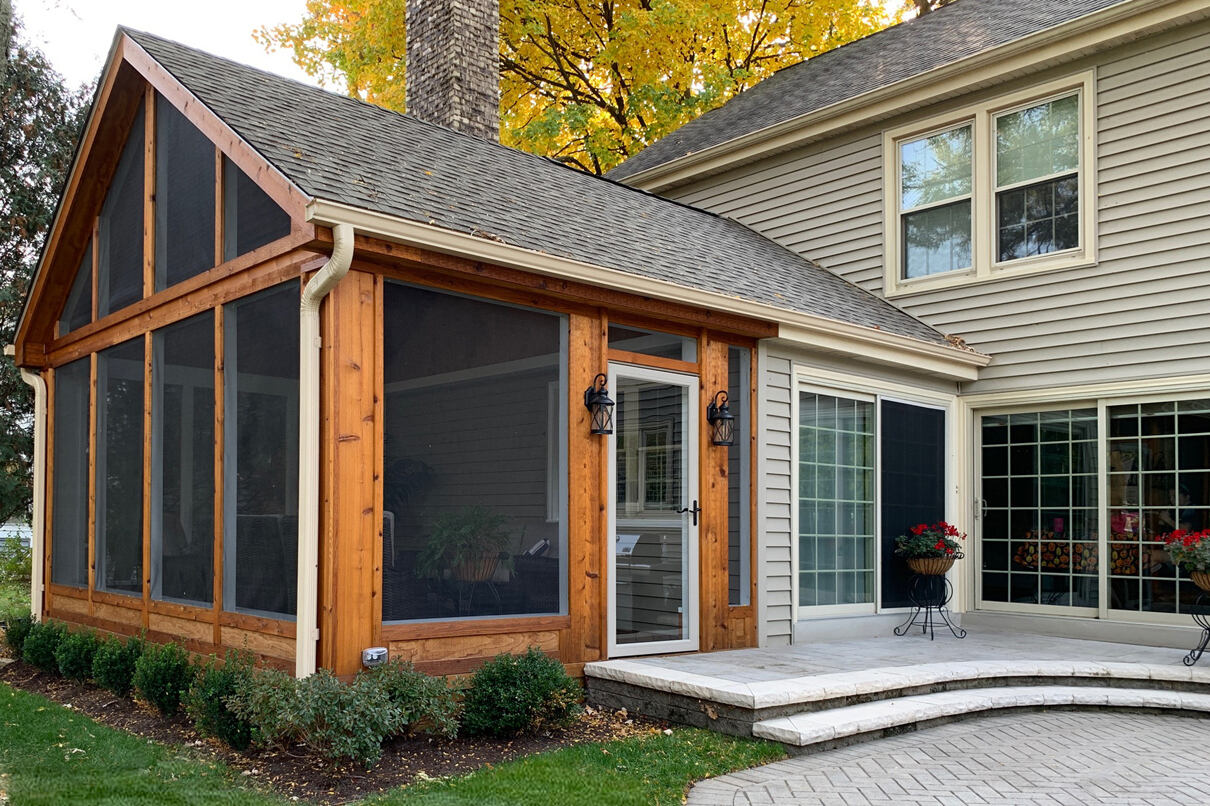
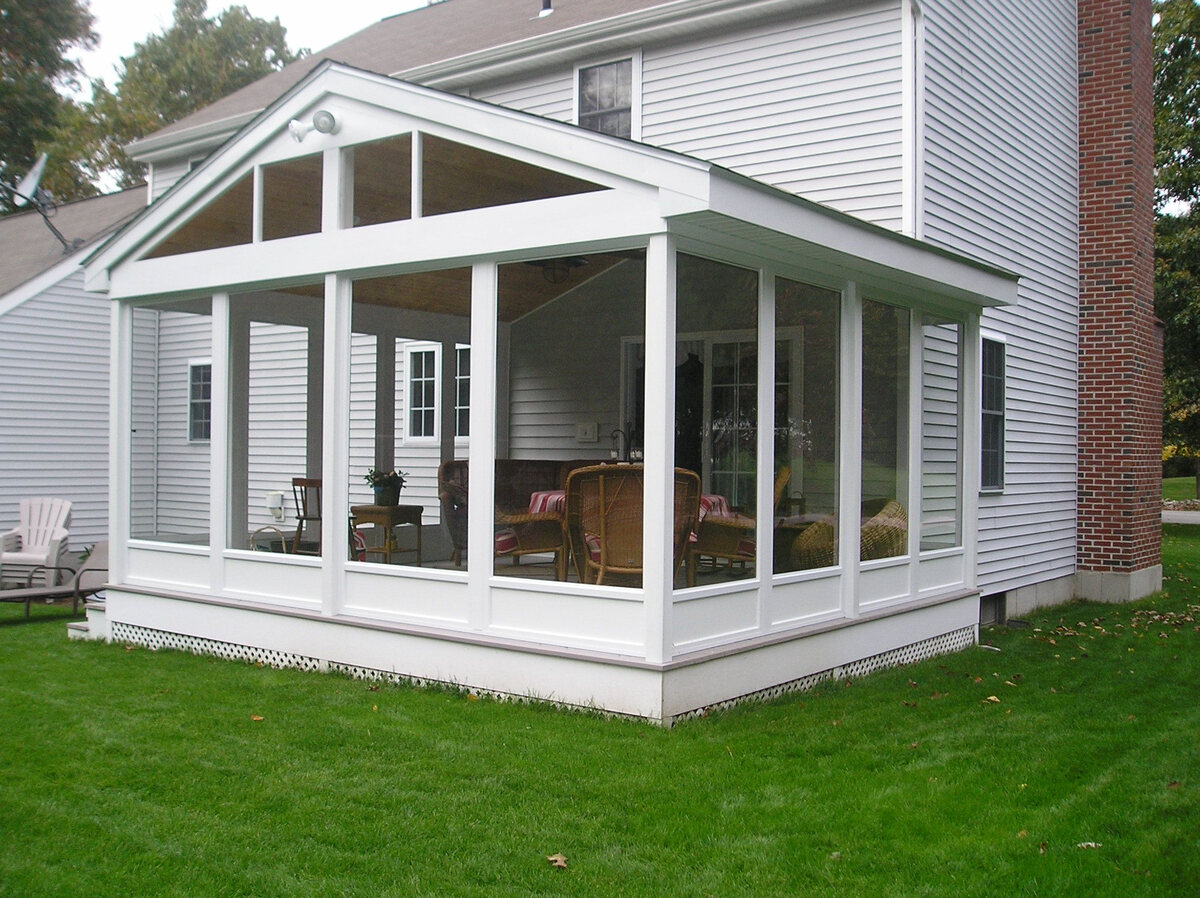

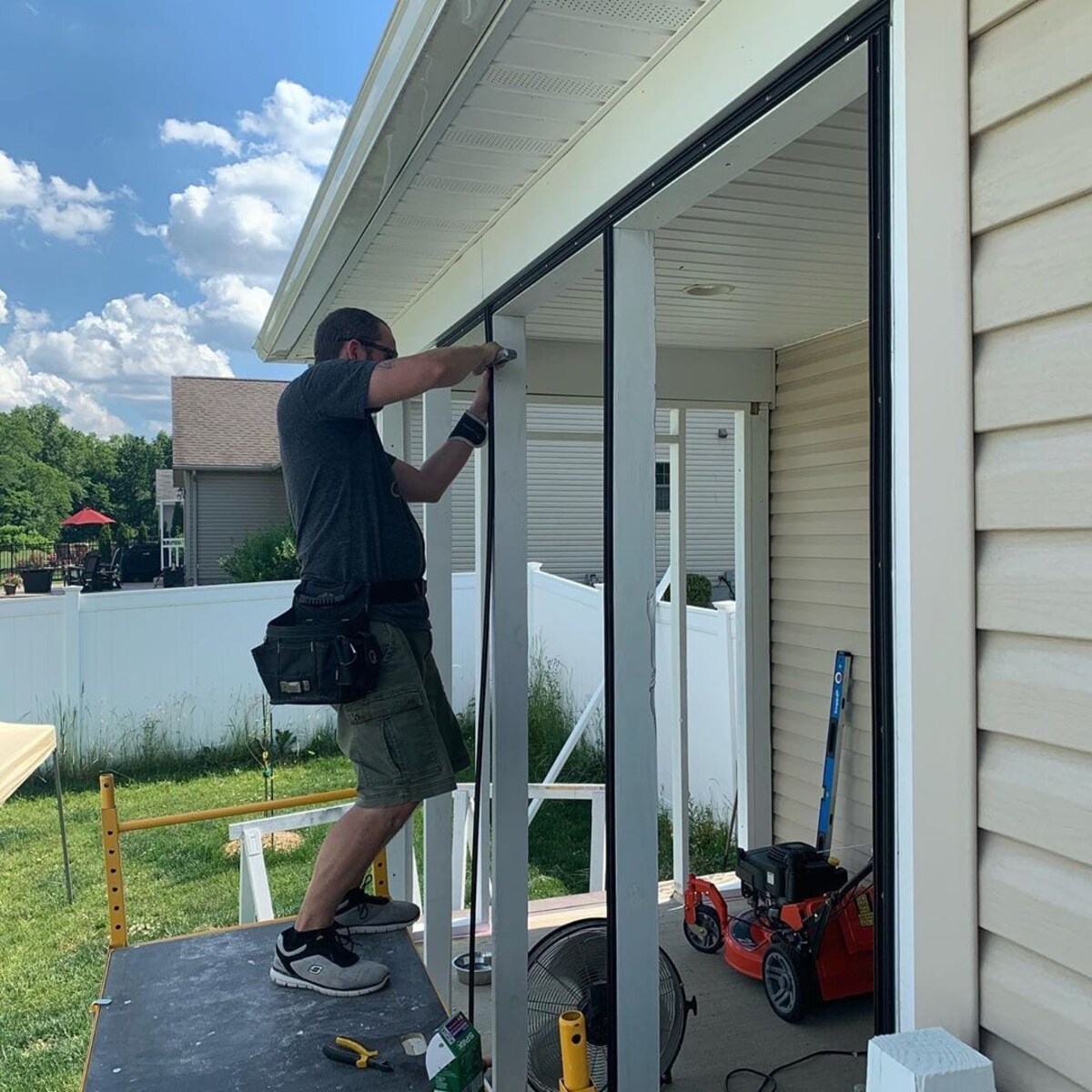
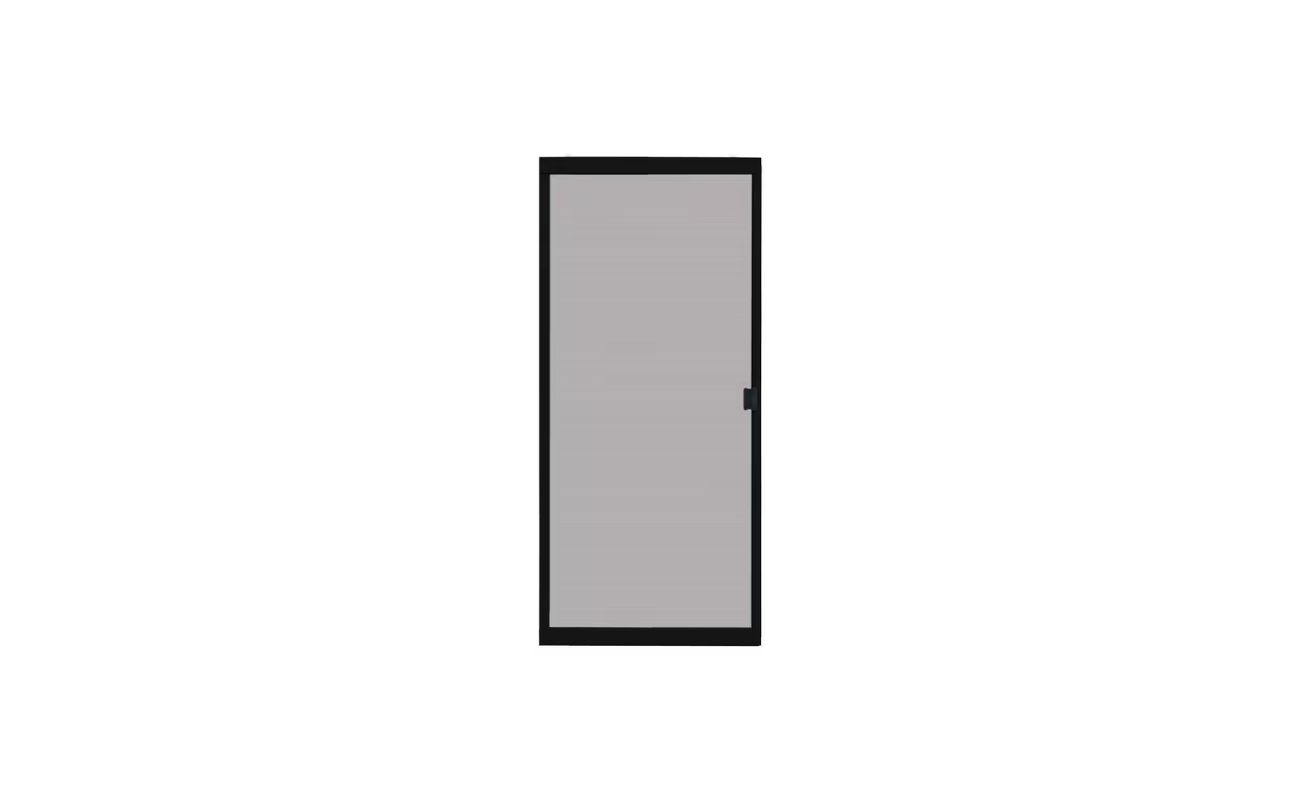
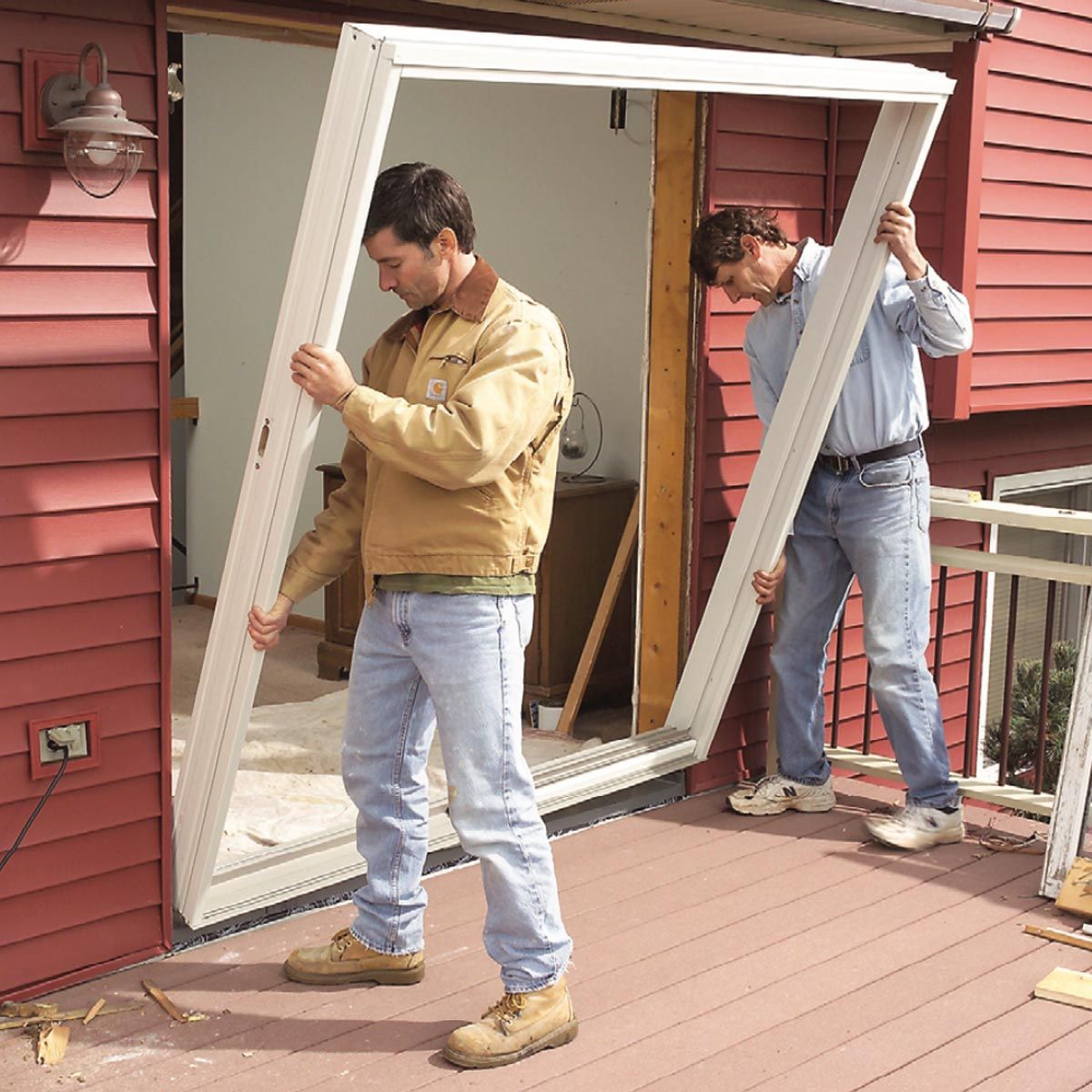
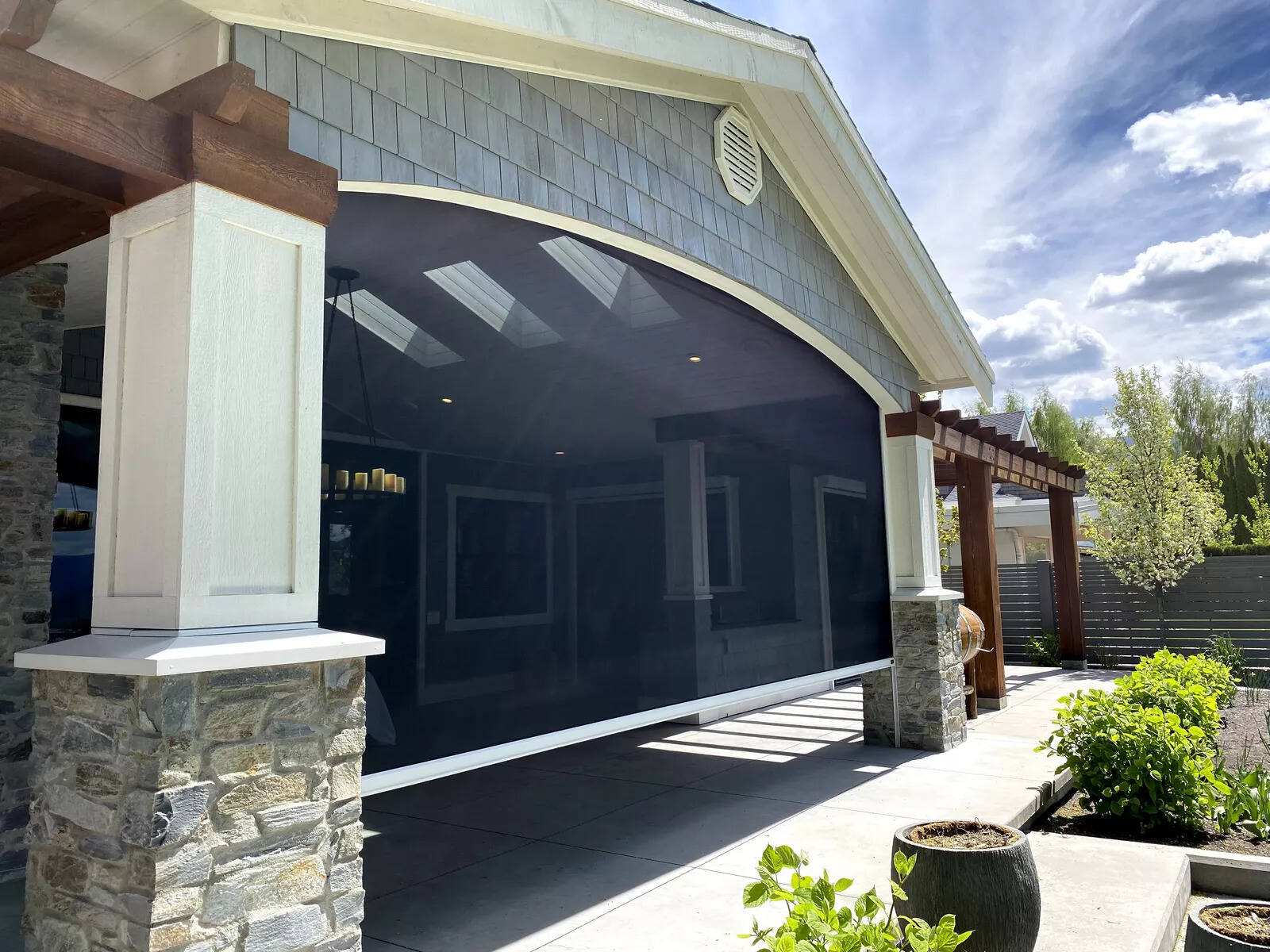
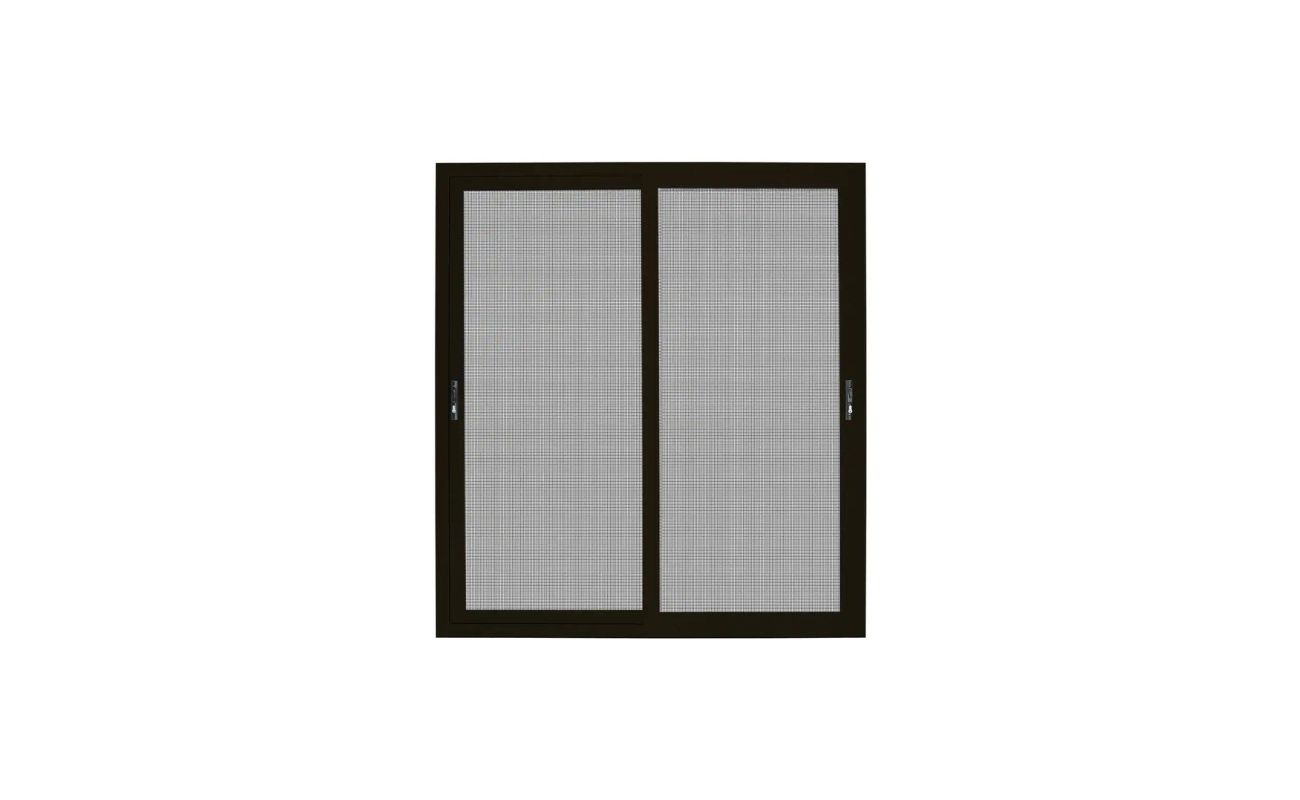
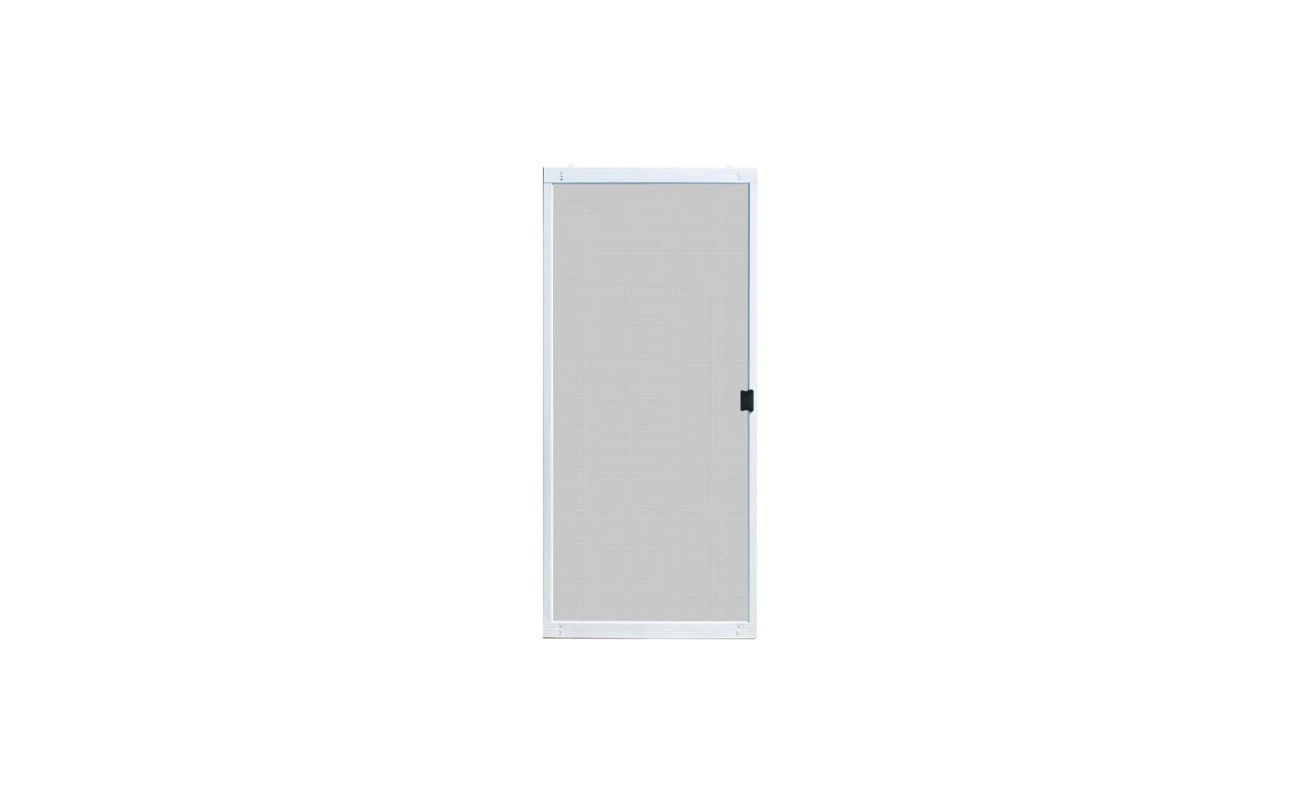
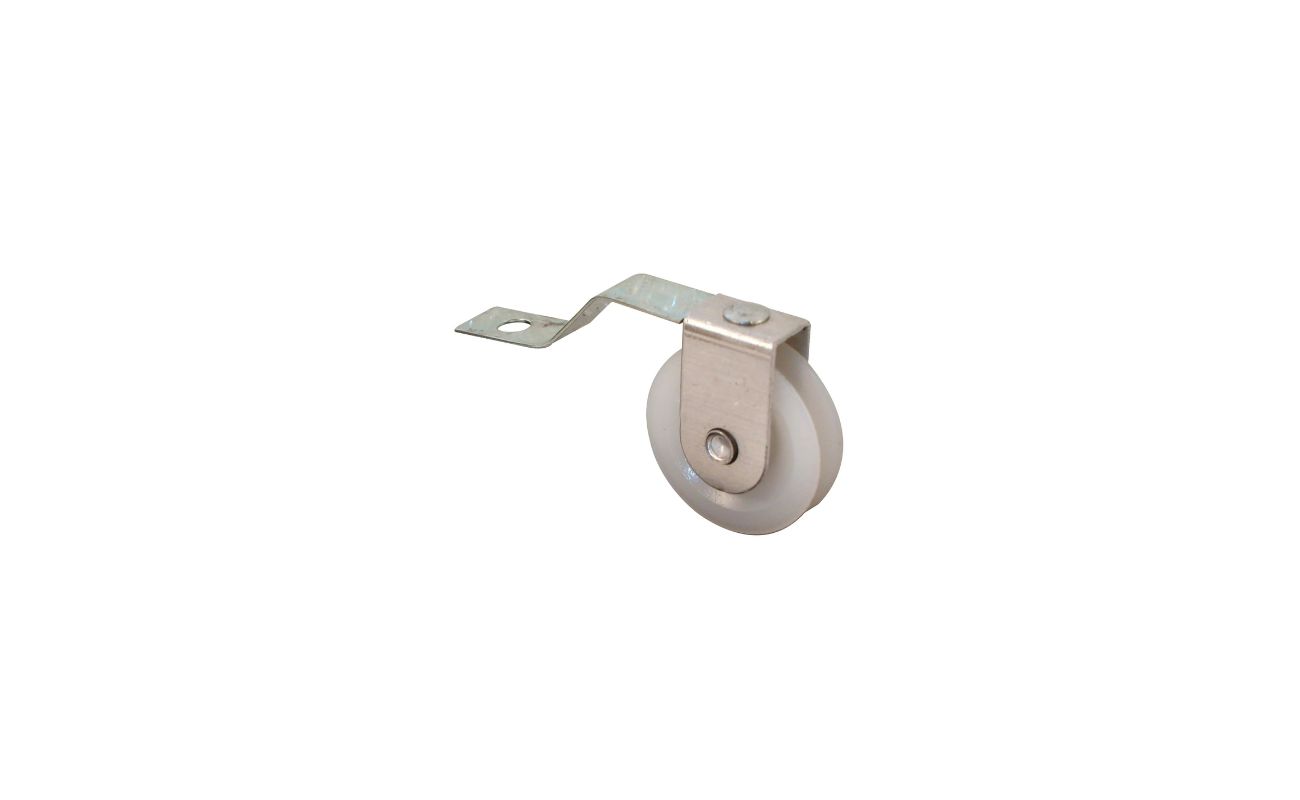
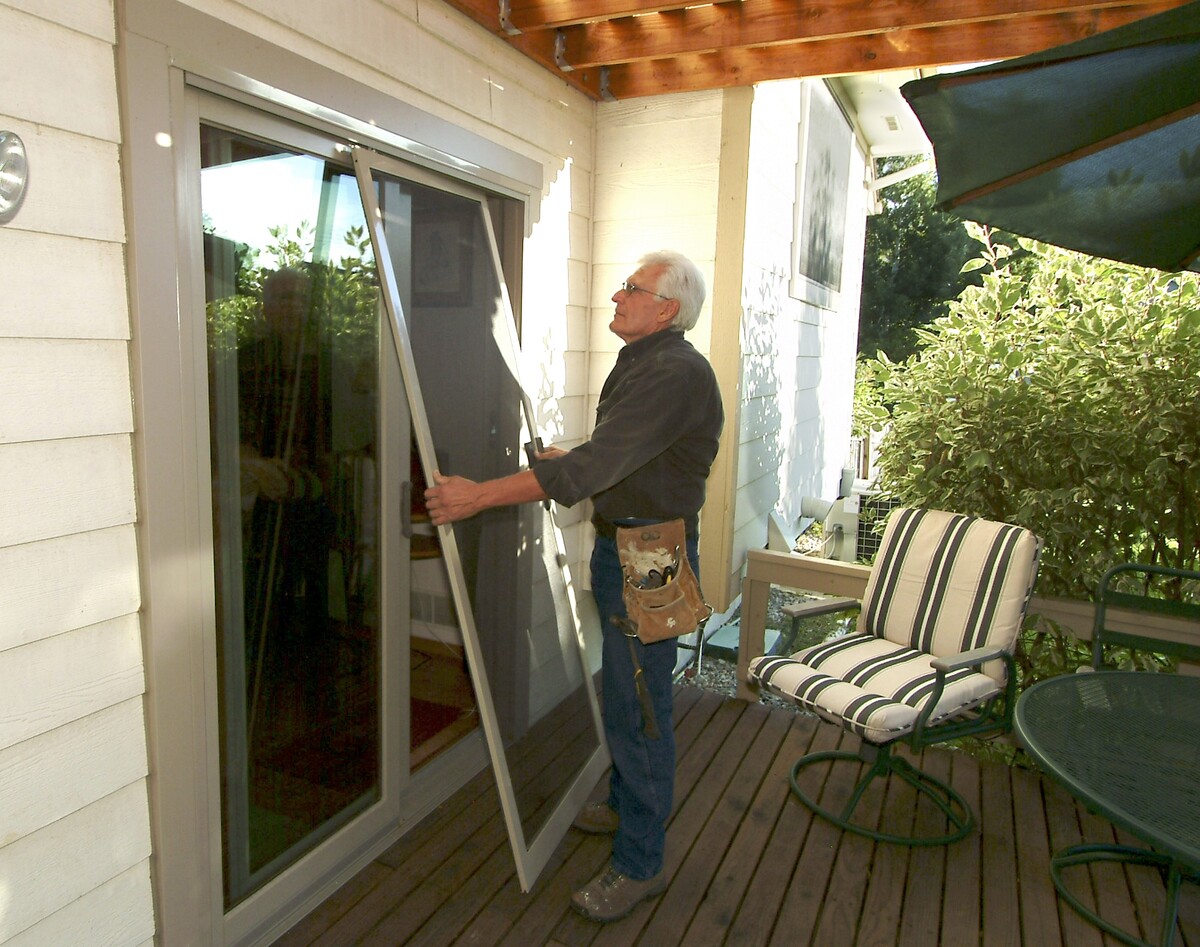
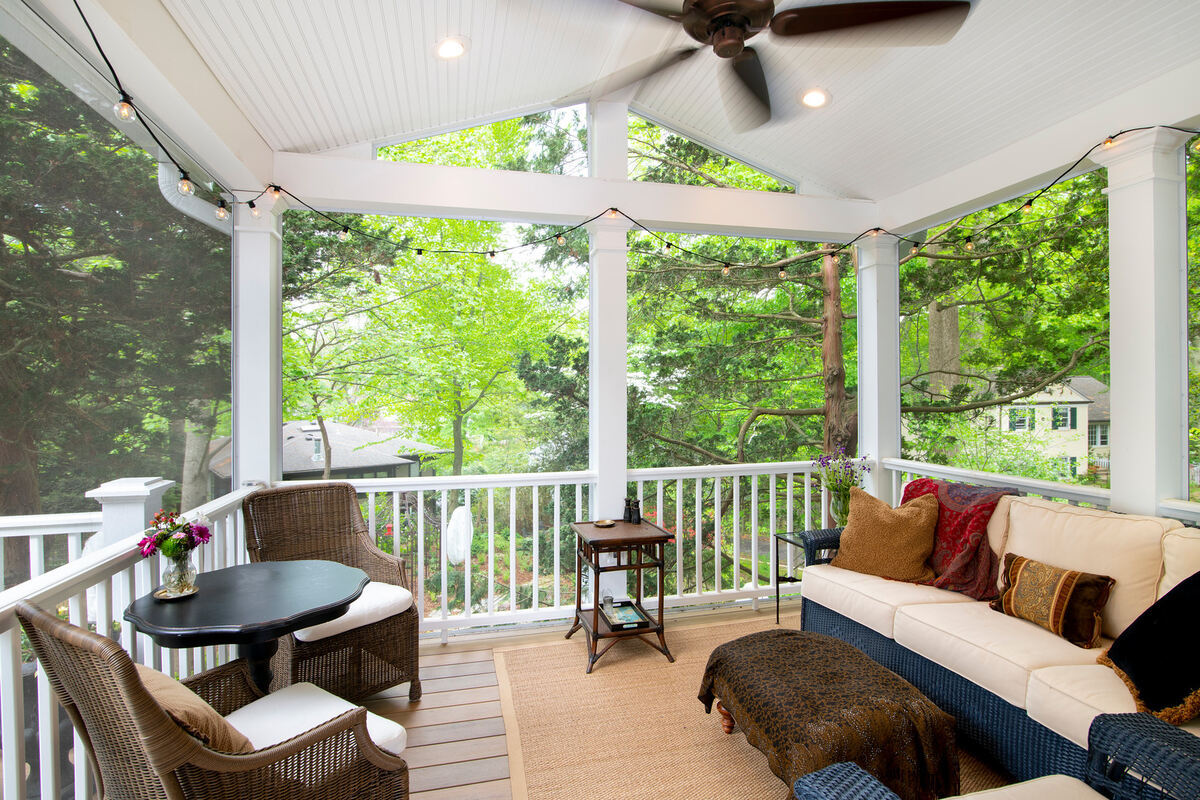
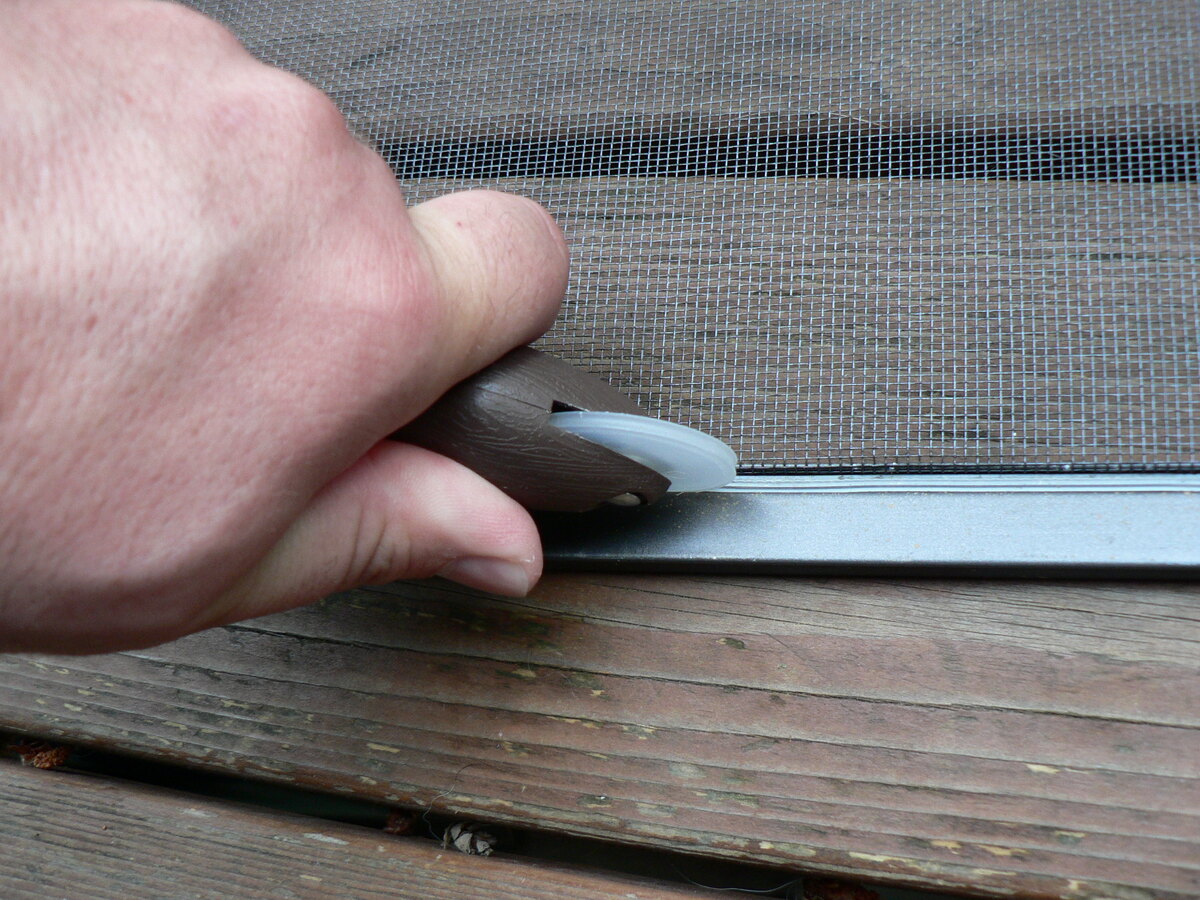

0 thoughts on “How To Screen A Patio”